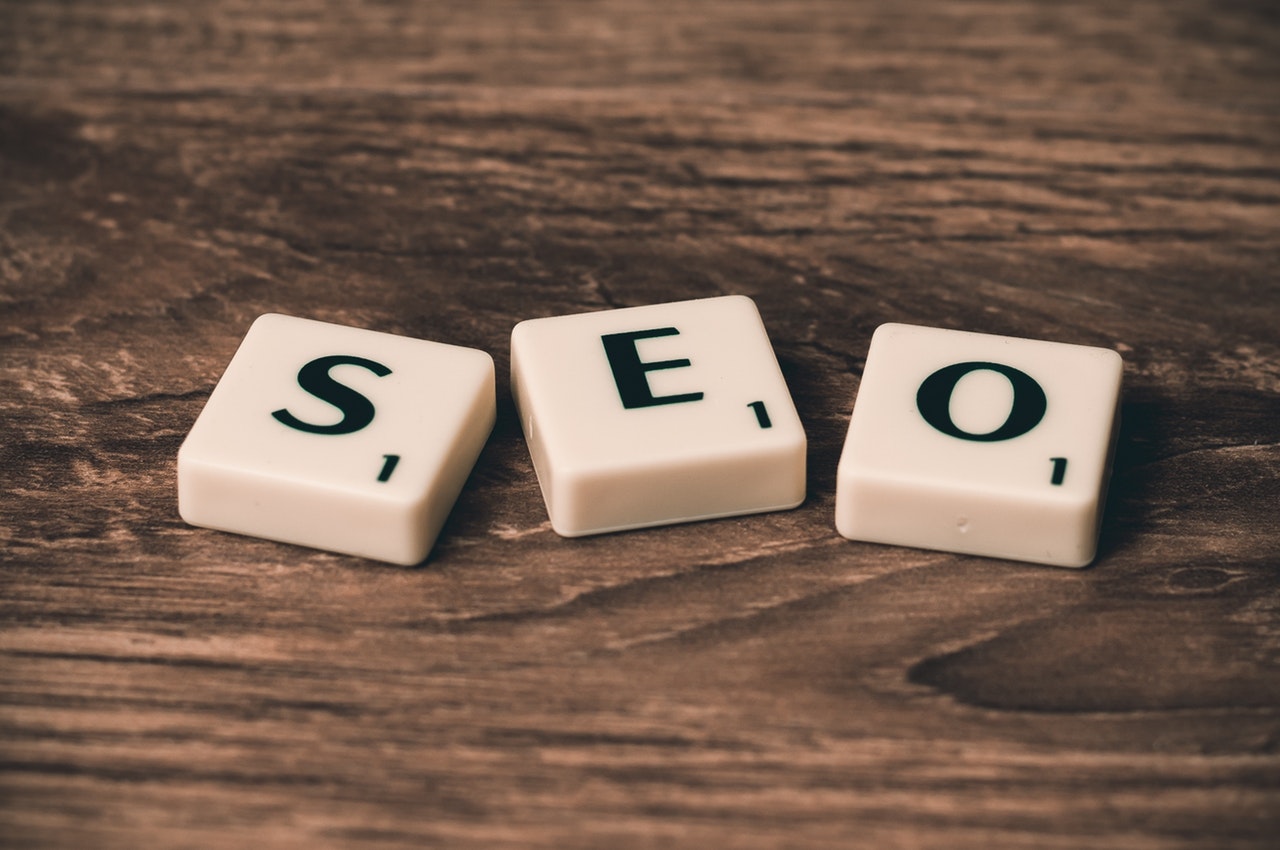
When it comes to SEO, or search engine optimization, there’s good news and there’s bad news. The good news is you can find a lot of useful information about SEO on the web. Unfortunately, that’s the bad news, too.
If you’re an SEO beginner, how do you even know where to begin? Fortunately, you’re in the right place. In this guide, we’re sharing easy strategies for optimizing your SaaS site for search engine traffic. By the end of this guide, you’ll have an actionable list of things to do right away to rank well on search engines like Google, Bing, and Yahoo!. Let’s get started.
Why SEO Is Important
Before we delve into key SEO strategies, let’s discuss why SEO is important in the first place.
SEO matters because it affects how or if prospective customers will find you through an Internet search. Most people only click on the first 10 results that are returned. The overwhelming majority of Google users never click past page one of the search results. So if your website is buried somewhere on page 8, it might as well not even exist.
In order to get the most exposure for your website, you’ve got to make it to one of the top 10 slots in a search engine results page (SERP).
Search engines follow a certain set of rules to determine which page gets promoted when. As a site owner, you can improve your odds through SEO. By optimizing your site for search engine traffic, you can influence the search engine to promote your page. A page that gets the highest SEO score gets the highest rank.
That sounds simple enough, right? What’s complicated is knowing which factors go into your overall SEO score. Google has over 200 factors that it considers to determine which page should be promoted first on the SERP. Because this is a beginner-friendly guide, we won’t overwhelm you with every single ranking factor. However, we will zoom in on a few of the most important things you can do to improve your SEO.
The Organic Difference
There are two ways to make it to the first page of search engine results: through paid ad campaigns or through organic efforts. Depending on who you ask, it’s easier to pay for promotion through pay per click ads than it is to optimize your site for organic traffic.
While paid can often provide a quicker route to the first page of the search results, it’s never guaranteed. Neither is SEO. But what gives SEO the edge over SEM (search engine marketing) is a web usability phenomenon known as ad blindness. Ad blindness means that search engine users unconsciously ignore or discount “ads” that appear at the top of a SERP. they don’t hold as much weight as the organic results hold. Then there are some savvy users who have an ad blocking software installed on the browser and can’t see the ad anyway.
All that said, PPC ads are not a waste of time because they can work for those users who are more receptive to them. Just remember that optimizing your website for organic search will probably provide the greatest amount of traffic to your site.
How Google Determines Page Rank
Now, let’s dive into what factors affect your search engine ranking. Where your site lands on the SERPs is definitely not random. As I mentioned above, Google relies on over 200 factors. Here are the most important factors to concentrate on:
Focus on Long Tail Keywords
Ah, keywords. The cornerstone of any SEO strategy begins and ends with keywords. When planning out your website, you need to decide which key terms or phrases that you’ll use in your content. These phrases should be a match to what a prospective visitor will type into the Google search bar.
While it’s tempting to focus on one word, or short tail, keywords, it’s not a good idea for SEO purposes. First of all, it’s incredibly difficult to rank well for short tail keywords. For example, “marketing” is a short tail keyword. But if you tried to rank for it, you’d find that your page was always swamped by the bigger competitors or even Wikipedia. However, if you narrowed the scope by focusing on a longer keyword phrase such as “marketing software for photographers”, you’d have a greater chance of ranking on the first page of the results.
Another benefit of long tail keywords is that you’ll reach those search engine users who are further along in their buyer’s journey. They’re not simply in “discovery” mode. They know what they want, and they’re closer to buying.
To determine your long tail keywords, start researching using a tool like Google Keyword Planner or KW Finder.
Produce Fresh Content

If you don’t already have one, you need a blog. Here’s why: Search engines love fresh content. They feed off of it. And if you’re relying on content that’s a year or so older, you’ll eventually get pushed to the bottom of the queue, replaced by newer content that’s more relevant for the readers.
My point is that you can survive with static pages (such as your “services” or “about us” page). You also need fresh content to indicate that your page is valuable and up-to-date for any visitor who pops in. Just like no one wants SEO advice from 2005, no one wants to look at your stale, static pages that haven’t been updated in forever. It’s okay to have static pages, but from an SEO perspective, you also need other pages that directly answer a user’s query without being overly salesy or self-promotional. When going for SEO, think educational, not promotional.
Create a Solid Title Tag
Second only to content, your title tag plays a huge role in your search engine ranking. It tells search engine users (and crawlers) what your page is about. Include a keyword in the title tag (ideally a long tail keyword phrase). Also, add the keyword at the beginning of the title instead of the end.
Change HTTP to HTTPS
if you haven’t, it’s time to convert HTTP over to HTTPS. The “S” at the end stands for secure. Google uses HTTPS as a factor on whether or not to send traffic to your site, so it’s good for SEO. Google also penalizes HTTP sites. Site visitors who click on an HTTP site might get a scary message that literally says “back to safety”. A touch dramatic? Maybe. But Google takes the security of its users seriously, so that added layer of protection does affect your site’s search engine ranking.
Create a Quality Contact Us Page
You probably didn’t realize that your contact page can affect your SEO, but it can. Your contact page should be as informative as possible. The site visitors who’ve made it to the contact page are ready to engage with your business, which is a huge action. Make sure that you provide all of the contact details possible on this page, including:
- Your Phone Number
- Your Email Address
- Your Physical Address
- A Link to Chat With a Live Agent
- Your Social Media Links
The more information you can provide, the better. Search engines use this to determine how “real” and accessible you are as a business. It can be the determining factor between your page and your competitor’s page.
Optimize Your Images
Here’s another surprising factor that can impact SEO: your images, specifically your image names.
instead of using the default camera designation, such as DCIM4891.jpg, give the image a descriptive name that includes your targeted keyword. Also add a descriptive alt text for your images. You’re limited to about 50 characters for your alt text, but whatever you provide can definitely boost your search engine rankings. Alt text allows search engine crawlers to “see” the image. (Fun fact: Search engine crawlers can’t actually see images, but they can use the alt text to understand what your page is about. It gives the crawlers more context so that they can better access the information on your page).
Another fantastic reason to optimize your image names is so that you can also rank on Google Images. Don’t forget that many people will actually find your site through a good ole Google image search. Each of those images has been optimized for search with a name or an alt text description.
Work on Mobile Optimization

Last, but certainly not least, is mobile optimization. Your site needs to look good on mobile devices, such as smartphones and tablets. Why? Half of all Internet searches come from mobile devices. If you’re still asking mobile site visitors to “pinch to zoom” your website, your site won’t get promoted on search engines. Google penalizes sites that aren’t mobile-friendly.
Make sure that your website is “responsive”. In other words, your website adapts to fit whichever screen the site visitor is using. Check with your web developer to verify that your website is responsive. If you’re acting as your own web developer, use this tool to quickly view your website on multiple screens.
Additional Resources
Before you go, check out these related posts:

